Apex Legends, the fast-paced battle royale phenomenon, has captured the hearts and competitive spirit of millions. But for players striving for the ultimate Apex experience, achieving high frame rates and smooth gameplay can be a daunting task. The question on many minds is: is Apex Legends CPU or GPU intensive?
In this article, we will delve into the depths of Apex Legends’ hardware requirements, shedding light on the CPU vs. GPU debate and providing players with the knowledge to optimize their systems for optimal performance.
Contents
- Unveiling the Hardware Hierarchy: Understanding Apex Legends’ Performance Bottlenecks
- Striking a Balance: Optimizing Your System for Apex Legends’ CPU and GPU Requirements
- Navigating the Settings Labyrinth: Fine-Tuning Graphics Options for Optimal Performance
- Unleashing the Potential: Overclocking Your CPU and GPU for Apex Legends Domination
- The CPU vs. GPU Showdown: Determining the Dominant Factor in Apex Legends Performance
- Future-Proofing Your Apex Legends Experience: Investing in the Right Hardware for Long-Term Success
- Video
- Conclusion: Empowering Players with Knowledge for Apex Legends Mastery
Unveiling the Hardware Hierarchy: Understanding Apex Legends’ Performance Bottlenecks
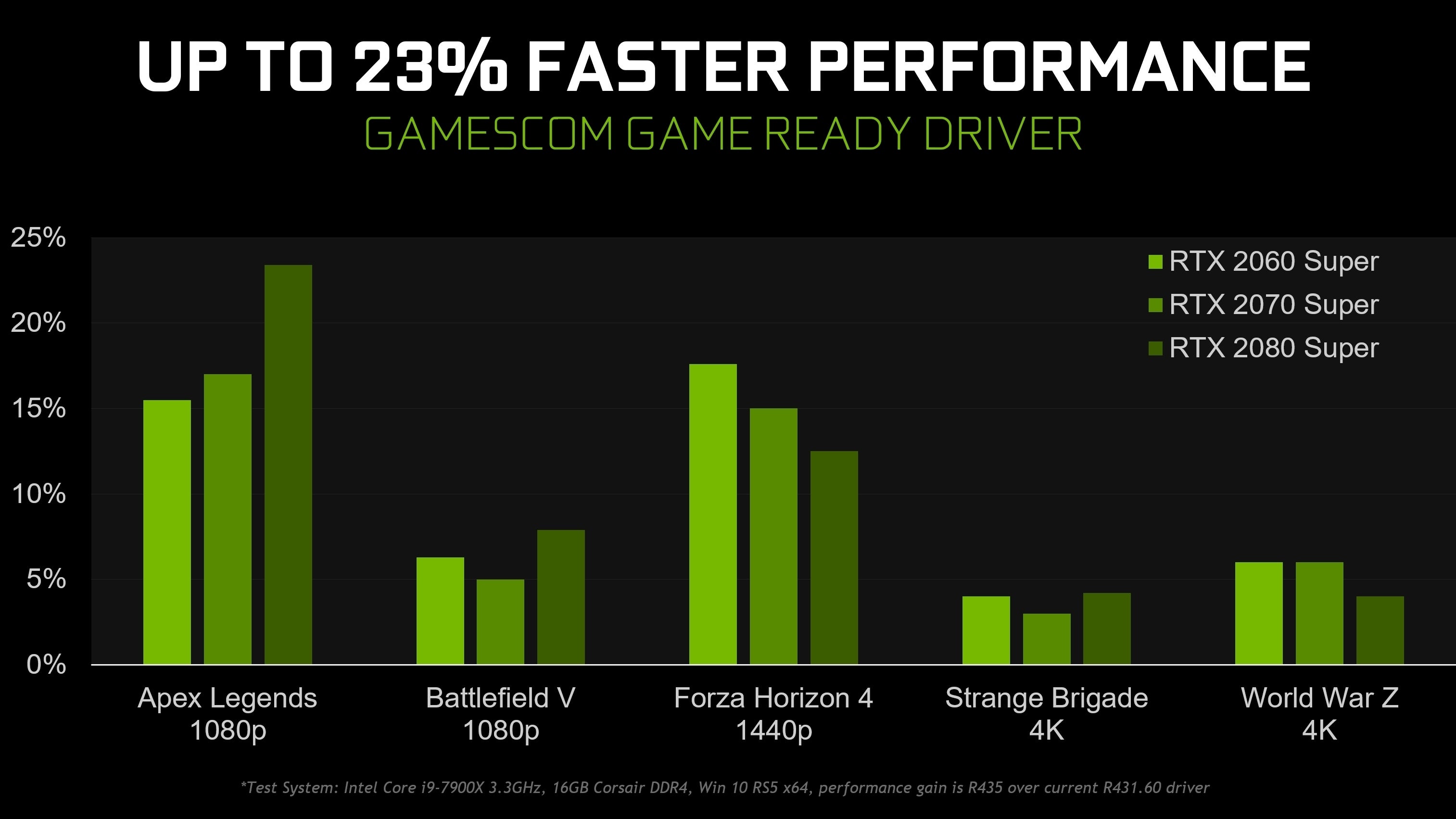
To understand whether Apex Legends is CPU or GPU intensive, we must first understand how the game utilizes these components. Unlike traditional first-person shooters, where the CPU is primarily responsible for handling game logic and AI, Apex Legends relies heavily on both the CPU and GPU for rendering stunning visuals and maintaining fast-paced action.
However, the specific demands on each component can vary depending on several factors, including game settings, player actions, and system configuration. Let’s take a closer look at each of these factors and how they can affect your overall performance in Apex Legends.
Game Settings: The Impact of Graphics Options on CPU and GPU Usage
One of the most significant factors that determine whether Apex Legends is CPU or GPU intensive is the game’s graphics settings. Higher resolution, texture quality, and other graphical options put more strain on the GPU, while lower settings can shift the workload to the CPU.
For example, playing at 1080p with low graphics settings will result in higher CPU usage, as the CPU has to work harder to compensate for the lack of visual detail. On the other hand, playing at 4K with ultra graphics settings will put more strain on the GPU, as it has to render more pixels and process more complex textures.
To determine the optimal graphics settings for your system, it’s essential to strike a balance between visual fidelity and performance. Experiment with different settings and monitor your CPU and GPU usage to find the sweet spot that works best for you.
Player Actions: How Aiming, Abilities, and Combat Impact CPU Usage
In addition to graphics settings, player actions can also affect whether Apex Legends is CPU or GPU intensive. Aiming down sights, using abilities, and engaging in intense combat all require more CPU power to process and execute.
For example, when aiming down sights, the game has to render a zoomed-in view of the environment, which can put more strain on the CPU. Similarly, using abilities, especially those with complex visual effects, can also increase CPU usage.
To optimize your system for these demanding moments, it’s crucial to have a powerful CPU that can handle these tasks without causing significant drops in frame rates.
System Configuration: The Importance of Balancing Your Components
Another critical factor in determining whether Apex Legends is CPU or GPU intensive is your system configuration. Bottlenecks can occur when one component is significantly weaker than the other, hindering overall performance.
For instance, if you have a high-end GPU but a low-end CPU, your system may struggle to keep up with the game’s demands, resulting in lower frame rates and potential stuttering. On the other hand, if you have a powerful CPU but a weaker GPU, you may experience smoother gameplay but at the cost of visual quality.
Therefore, it’s crucial to strike a balance between your CPU and GPU when building or upgrading your system for Apex Legends. Investing in a well-rounded setup will ensure that both components can work together seamlessly, providing you with the best possible performance.
Striking a Balance: Optimizing Your System for Apex Legends’ CPU and GPU Requirements
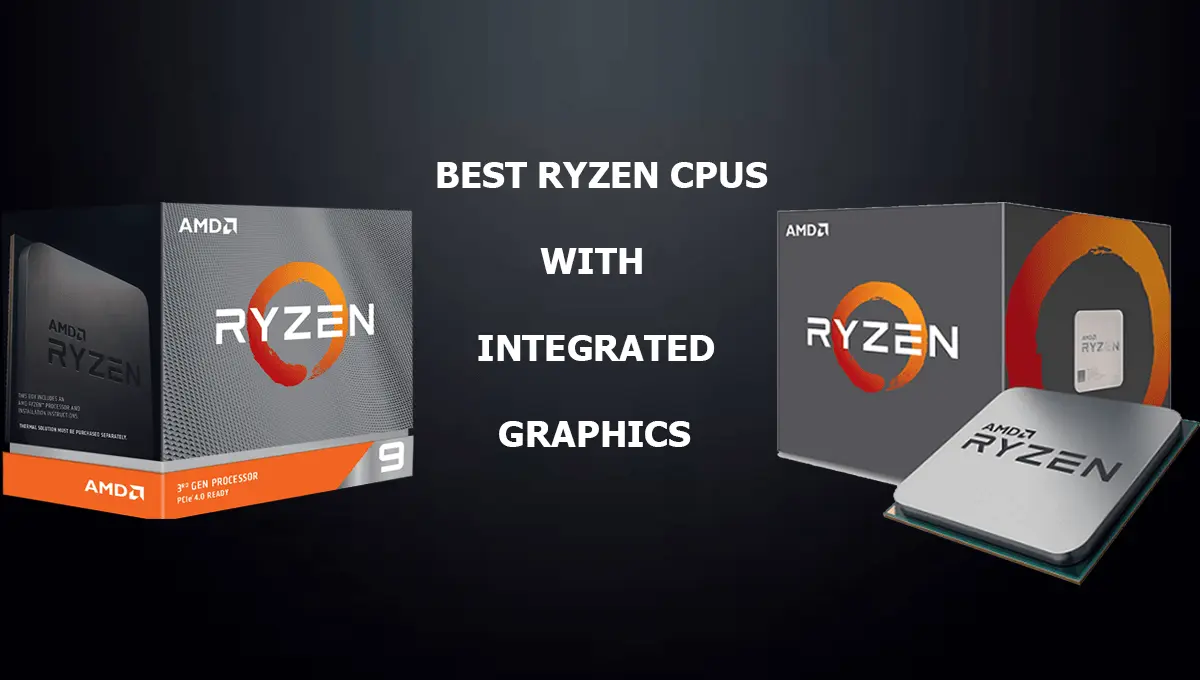
Now that we understand the various factors that can impact whether Apex Legends is CPU or GPU intensive, let’s explore how we can optimize our systems for optimal performance.
Delving into the Details: Exploring the CPU and GPU Demands of Apex Legends
To determine whether your system is optimized for Apex Legends, it’s essential to monitor your CPU and GPU usage while playing the game. Several tools, such as MSI Afterburner and HWiNFO, can provide real-time data on your system’s performance.
Ideally, you want both your CPU and GPU to be operating at around 80-90% usage during gameplay. If either component is consistently hitting 100%, it may indicate a bottleneck and the need for further optimization.
Additionally, keep an eye on your temperatures, especially if you’re overclocking your components. High temperatures can lead to thermal throttling, which can significantly impact your system’s performance.
Conquering the FPS Frontier: Maximizing Frame Rates with CPU and GPU Enhancements
For players striving for the ultimate Apex Legends experience, achieving high frame rates is crucial. Higher frame rates not only result in smoother gameplay but also give players a competitive edge by reducing input lag.
To maximize your frame rates, there are several enhancements you can make to your CPU and GPU. For CPUs, overclocking and upgrading to a more powerful processor can provide a significant boost in performance. On the other hand, for GPUs, overclocking, and investing in a higher-end graphics card can yield better results.
However, it’s essential to note that these enhancements come with their own risks, such as increased power consumption and potential hardware damage. It’s crucial to do thorough research and proceed with caution when making any changes to your system.
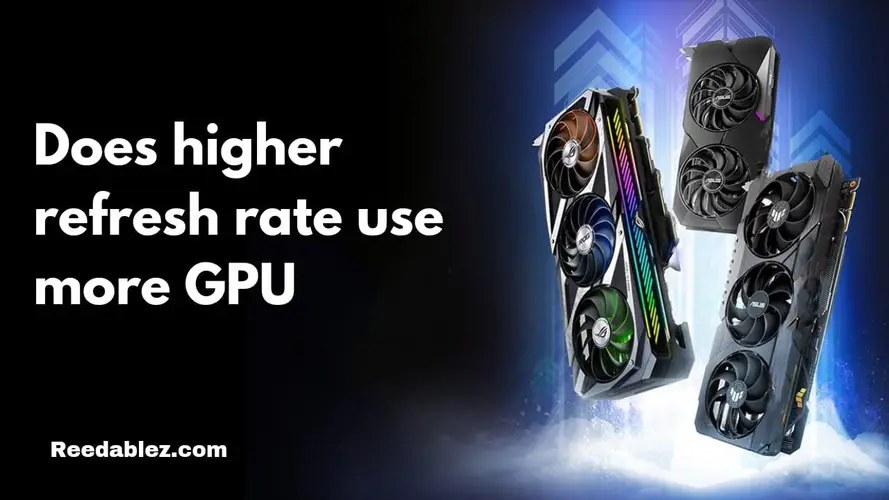
As mentioned earlier, finding the right balance between visual fidelity and performance is crucial for optimizing your system for Apex Legends. To help you navigate the settings labyrinth, here are some recommendations for the most impactful graphics options in the game:
- Resolution: Playing at a lower resolution can significantly reduce strain on your GPU, resulting in higher frame rates. However, it will also result in a less sharp and detailed image.
- Texture Quality: This setting has a significant impact on both CPU and GPU usage. Lowering texture quality can shift the workload to the CPU, while increasing it can put more strain on the GPU.
- Anti-Aliasing: This option smooths out jagged edges in the game’s visuals. However, it can be quite demanding on the GPU. Consider turning it off or using a lower setting if you’re experiencing performance issues.
- Effects Detail: This setting controls the level of detail in visual effects, such as explosions and smoke. Lowering this setting can reduce strain on the CPU.
- Model Detail: Similar to effects detail, this setting controls the level of detail in character models and objects. Lowering it can reduce CPU usage.
- V-Sync: This setting synchronizes your frame rate with your monitor’s refresh rate, resulting in a smoother experience. However, it can also introduce input lag and impact performance. Consider turning it off if you’re experiencing stuttering or low frame rates.
Experiment with these settings and find the combination that works best for your system. Keep in mind that different hardware configurations may yield different results, so don’t be afraid to try out different options.
Unleashing the Potential: Overclocking Your CPU and GPU for Apex Legends Domination
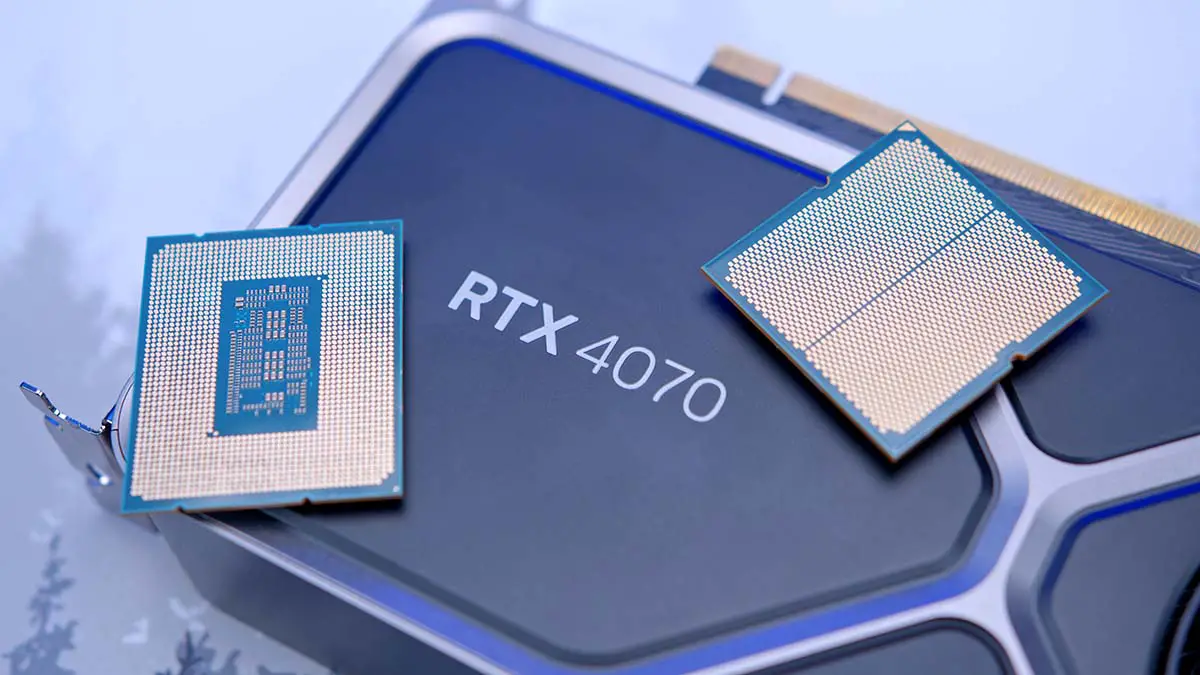
For those looking to push their systems to the limit, overclocking is a popular method of squeezing out extra performance. Overclocking involves increasing the clock speed of your CPU or GPU beyond its factory settings, resulting in higher frame rates and faster processing.
However, as mentioned earlier, overclocking comes with its own risks and should only be attempted by experienced users. It’s crucial to do thorough research and proceed with caution when overclocking your components.
The CPU vs. GPU Showdown: Determining the Dominant Factor in Apex Legends Performance
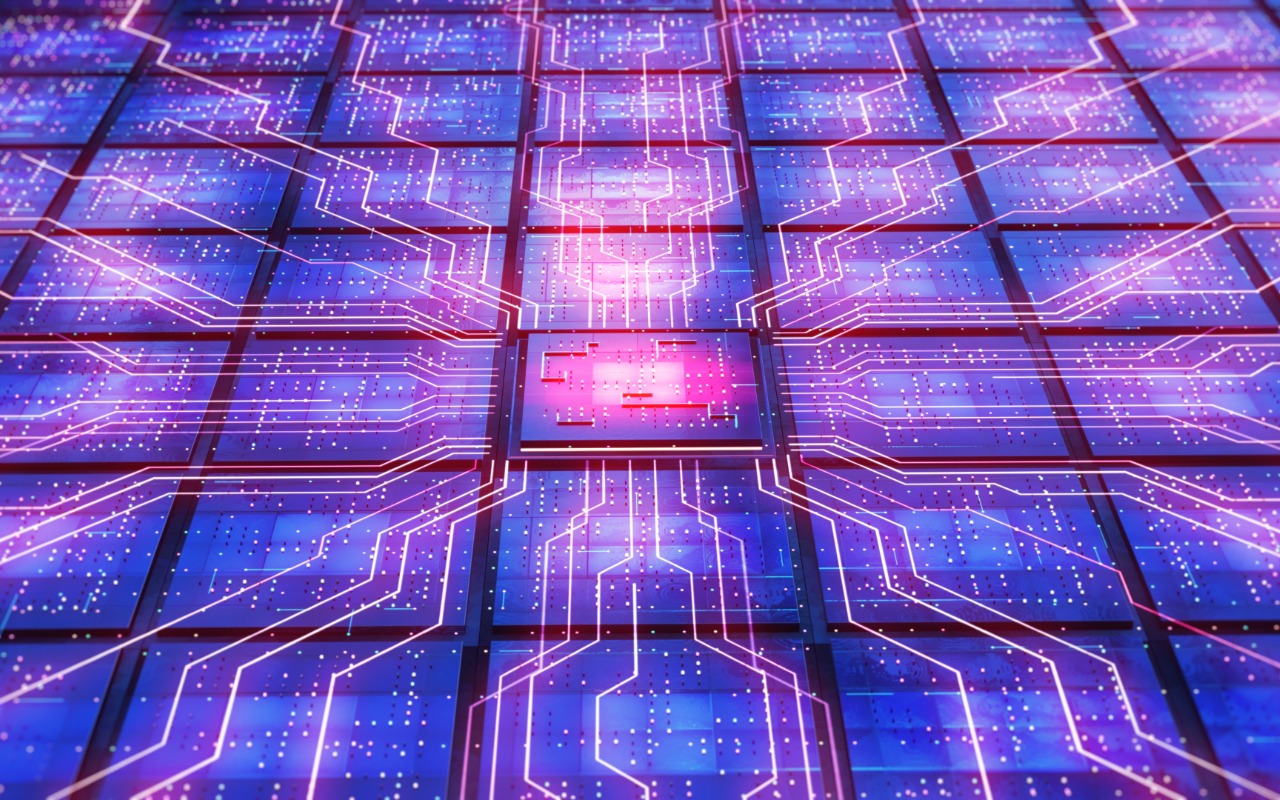
After exploring the various factors that can impact whether Apex Legends is CPU or GPU intensive, it’s time to determine which component plays a more significant role in the game’s performance.
Based on our analysis, it’s clear that both the CPU and GPU play crucial roles in delivering an optimal Apex Legends experience. However, depending on your system configuration and gameplay style, one may have a more significant impact than the other.
For players who prioritize visual fidelity and play at higher resolutions, the GPU will likely be the dominant factor in their performance. On the other hand, for players who prioritize high frame rates and play at lower resolutions, the CPU may have a more significant impact.
Ultimately, the best way to determine which component is more critical for your system is to monitor your usage while playing the game and make adjustments accordingly.
Future-Proofing Your Apex Legends Experience: Investing in the Right Hardware for Long-Term Success
As with any popular game, Apex Legends’ hardware requirements are continually evolving. To ensure that you can continue to enjoy the game at its highest settings, it’s essential to invest in the right hardware for long-term success.
When building or upgrading your system, consider investing in a well-rounded setup that can handle both CPU and GPU demands. Additionally, keep an eye on future hardware releases and consider upgrading when necessary to stay ahead of the curve.
Video
Conclusion: Empowering Players with Knowledge for Apex Legends Mastery
In conclusion, the question of whether Apex Legends is CPU or GPU intensive is not a simple one to answer. Both components play crucial roles in delivering an optimal gaming experience, and understanding their demands is key to optimizing your system for peak performance.
By delving into the details of Apex Legends’ hardware requirements, exploring the impact of game settings and player actions, and providing tips for optimizing your system, we hope to empower players with the knowledge to achieve mastery in this fast-paced battle royale.
So go forth, fine-tune your settings, overclock your components, and conquer the FPS frontier in Apex Legends. Happy gaming!

Information Security Asia is the go-to website for the latest cybersecurity and tech news in various sectors. Our expert writers provide insights and analysis that you can trust, so you can stay ahead of the curve and protect your business. Whether you are a small business, an enterprise or even a government agency, we have the latest updates and advice for all aspects of cybersecurity.

